引入 requests 包
import requests注:发送请求(包括请求行、方法类型、头、体) & 常见的请求方式有get、post、put、delete
一、发送get请求
格式:requests.get() (内容: url必填; params选填:url参数字典)
# ~ 无参数的get请求
res = requests.get(url='http://ws.webxml.com.cn/WebServices/WeatherWS.asmx/getRegionProvince')
print(res.text)
#打印响应主体内容,字符串格式# ~ 有参数的get请求
res = requests.get(url='http://ws.webxml.com.cn/WebServices/WeatherWS.asmx/getSupportCityString?theRegionCode=3113')
print(res.text)# ~ 使用params的get请求
res = requests.get(url='http://ws.webxml.com.cn/WebServices/WeatherWS.asmx/getSupportCityString',params={"theRegionCode":3113})
print(res.text)二、发送post请求
知识扩展# requests.post() post请求分为5种,常用的有三种,如下
①application/x-www-form-urlencod (form表单);
②raw (纯文本格式):有5种格式,分别为json/xml/Html/Text/JavaScrip
③multipart/form-data (复合式表单)
# ~ 无参数的post请求
# ~ 有正文体的post请求
1. form表单(application/x-www-form-urlencod)
-----data 后跟字典
eg.1: 带参数的查询接口
res = requests.post(url='http://ws.webxml.com.cn/WebServices/WeatherWS.asmx/getSupportCityString',headers={"Content-Type": "application/x-www-form-urlencoded"},data={"theRegionCode": 3113})
print(res.text)
eg.2: 带账号名密码的登录接口
res = requests.post(url='http://123.56.99.53:9000/event/api/admin/',headers={"Content-Type": "application/x-www-form-urlencoded"},data={"username": "admin", "password": "MTIzYWRtaW4="})
print(res.text)2. 纯文本格式(raw)
# ~ xml格式 ----data 后跟字符串
res = requests.post(url='http://ws.webxml.com.cn/WebServices/WeatherWS.asmx',headers ={"Content-Type": "text/xml; charset=utf-8","SOAPAction": "http://WebXml.com.cn/getSupportCityString"},data = '''<?xml version="1.0" encoding="utf-8"?>
<soap:Envelope xmlns:xsi="http://www.w3.org/2001/XMLSchema-instance" xmlns:xsd="http://www.w3.org/2001/XMLSchema" xmlns:soap="http://schemas.xmlsoap.org/soap/envelope/"><soap:Body><getSupportCityString xmlns="http://WebXml.com.cn/"><theRegionCode>string</theRegionCode></getSupportCityString></soap:Body>
</soap:Envelope>''')
print(res.text)# ~json格式 ----- json 后跟字典(常用), or ----data 后跟json字符串
res = requests.post(url='http://123.56.99.53:5000/event/weather/getWeather/',headers={"Content-Type": "application/json"},json={"theCityCode": "1001"})
print(res.text)注:# json后面跟的是字典即json={"theCityCode": "1001"}),可改成 data=‘{"theCityCode": "1001"})’;字典能自动转为json字符串,所以一般用字典表示;建议纯json正文的接口使用第一种方式,除非是较长的字符串
3. 复合式表单(multipart/form-data )
------上传二进制文件 ---- key value (接口名称:文件名)
res = requests.post(url='http://123.56.99.53:9001/api/uploadFile/',headers={"Cookie": "uid=1;token=44c972f05d76fdd93c31f9c2b65bb098f308cdfc"#"Content-Type": "multipart/form-data"},
#有的接口不需要写正文体格式,老服务器一般需要写files={"myfile1": open('D:\全力以富\1.docx', 'rb')#"myfile2: open(上传多个文件)"})
print(res.text)注:上传接口 files={‘文件路径’,‘rb'} rb表示


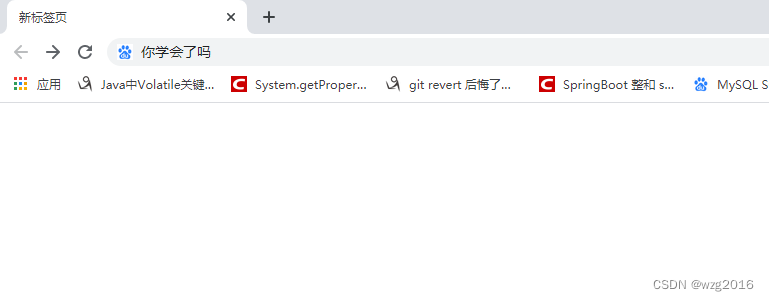


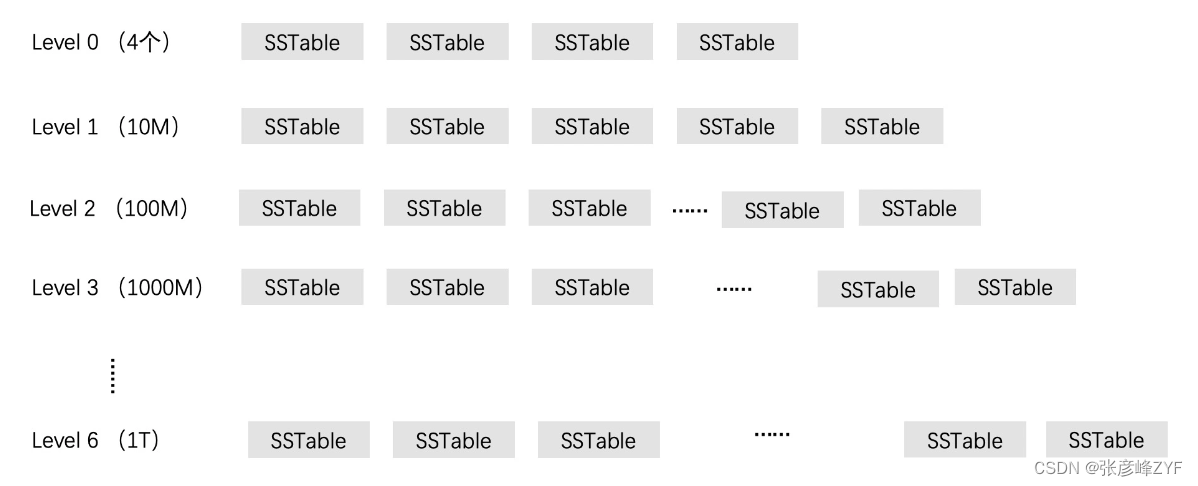

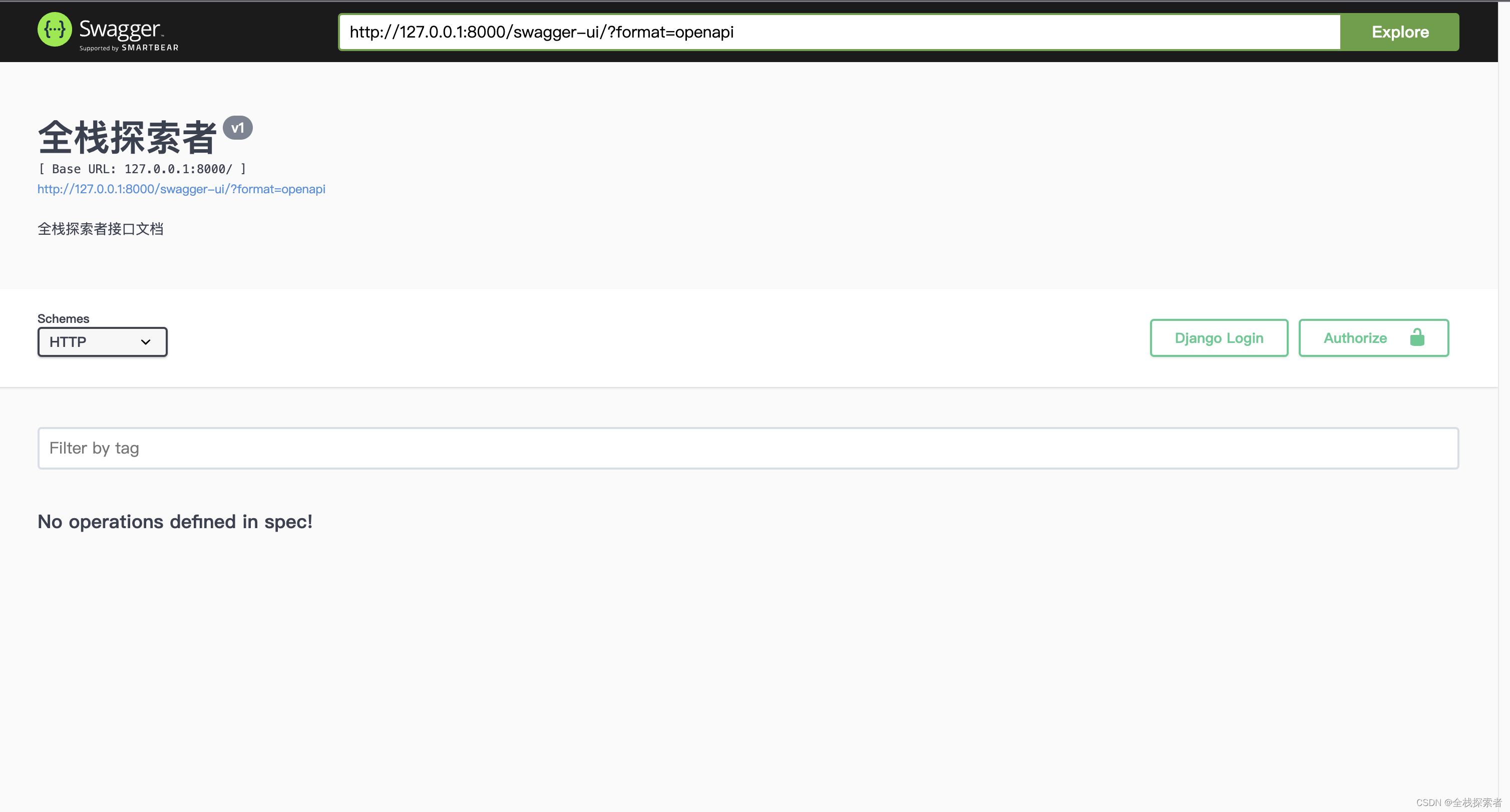
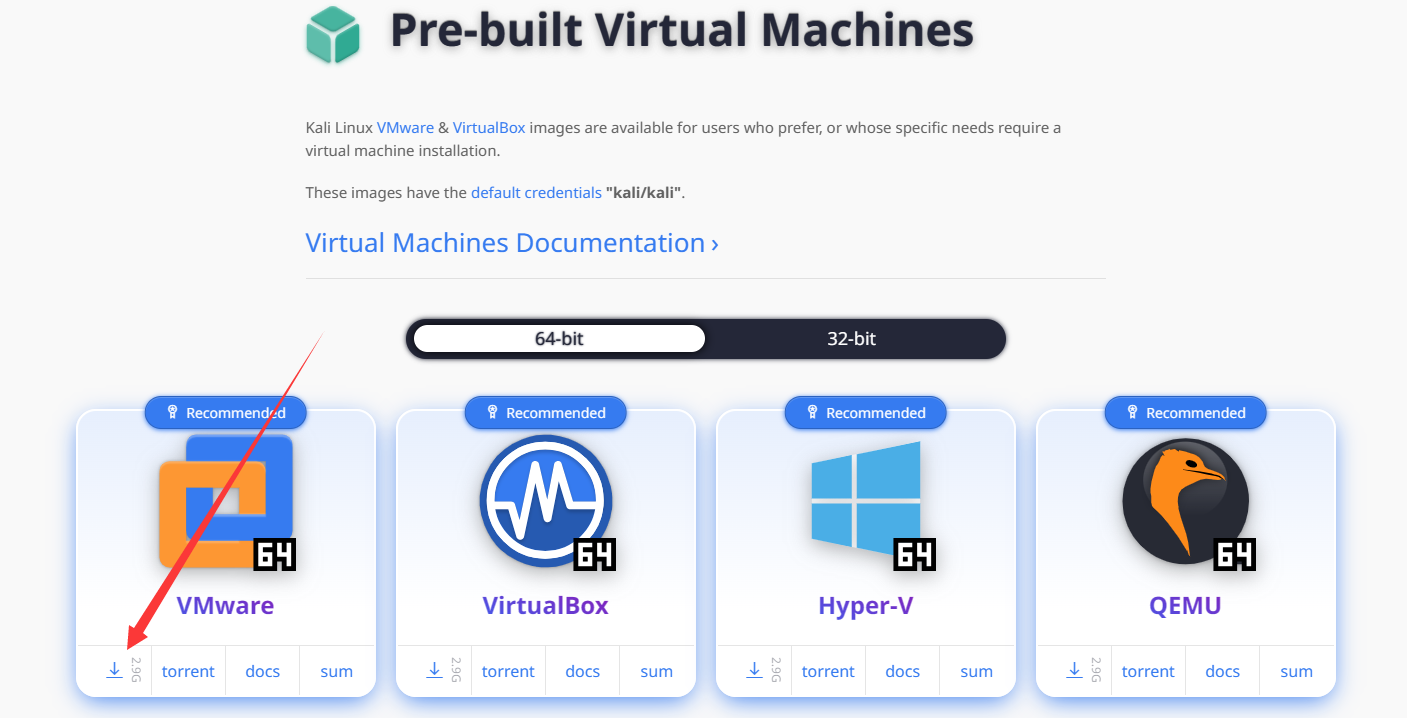
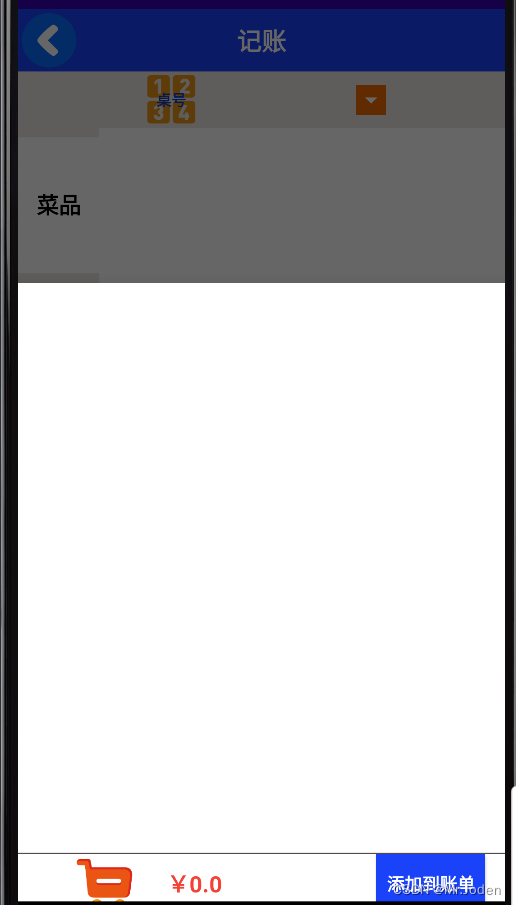





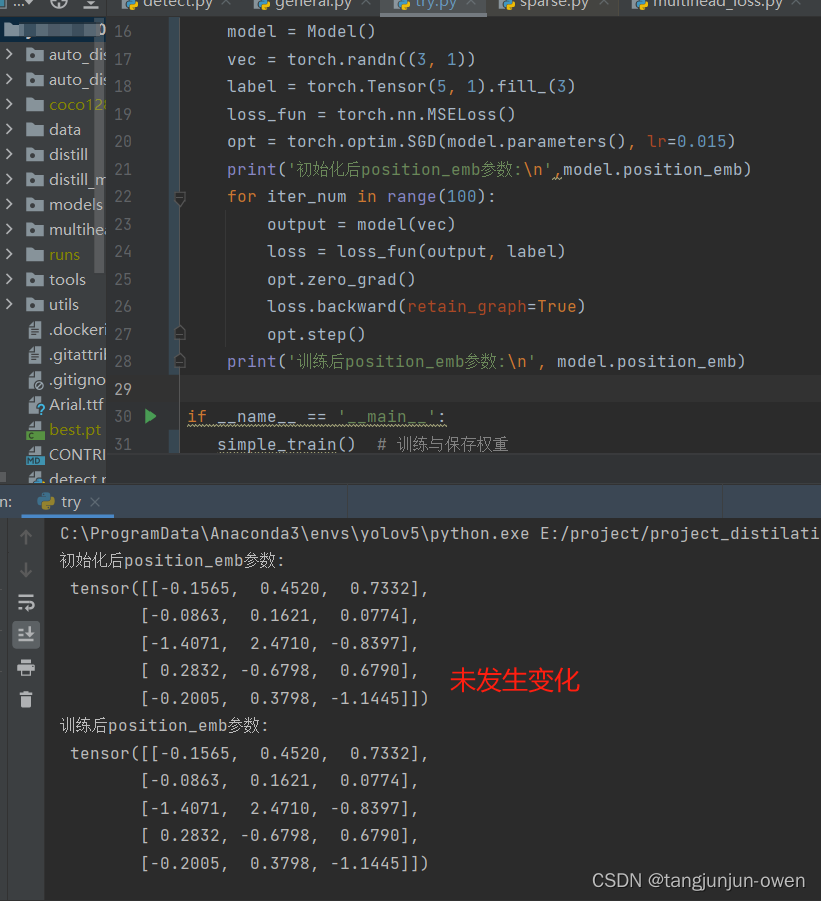


![[动态规划] (十一) 简单多状态 LeetCode 面试题17.16.按摩师 和 198.打家劫舍](https://img-blog.csdnimg.cn/img_convert/9ff88a675db2d5d9a0f0043b1a9c35af.png)
